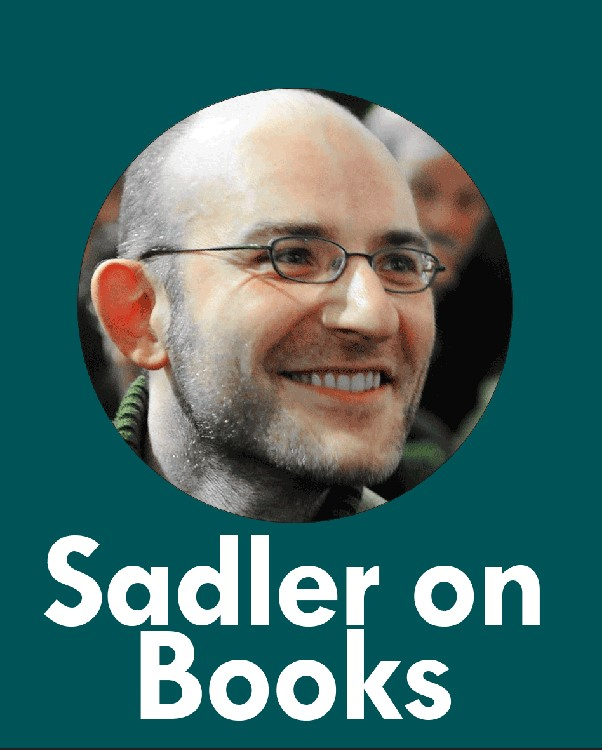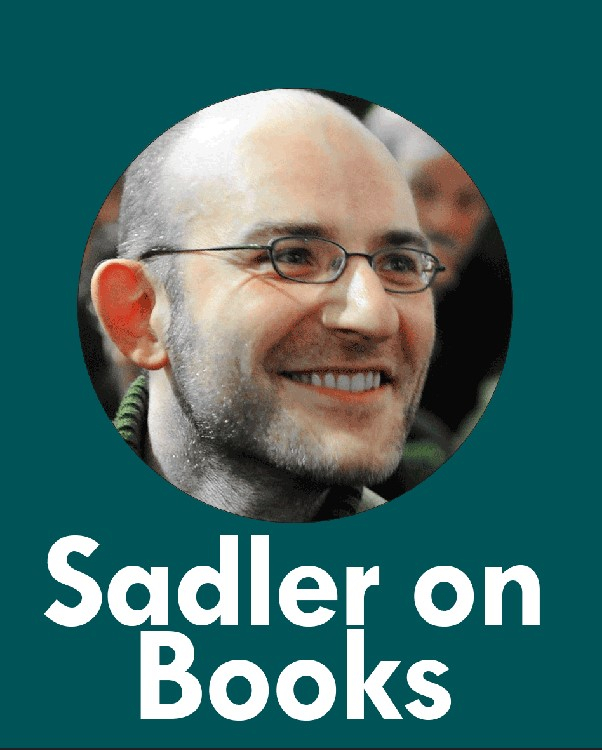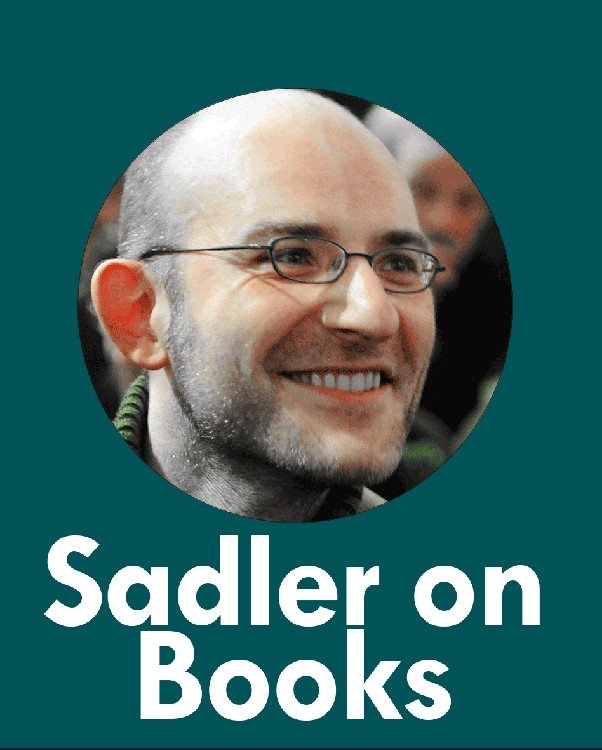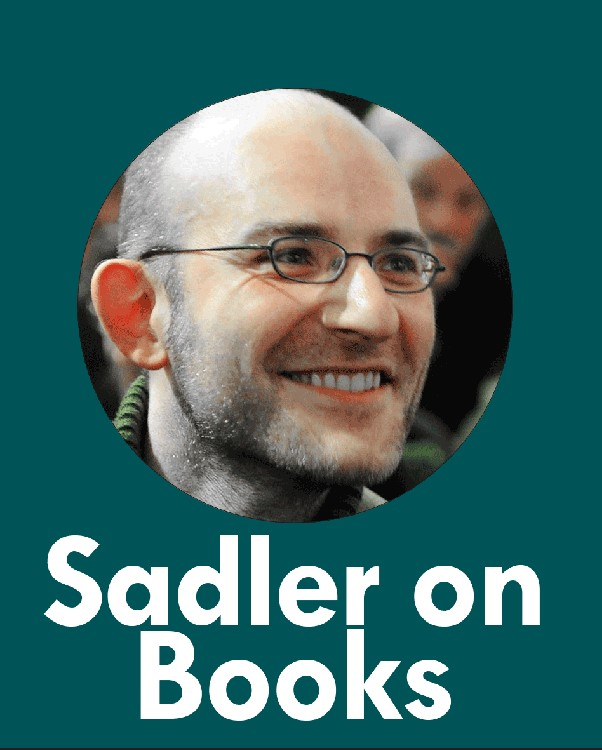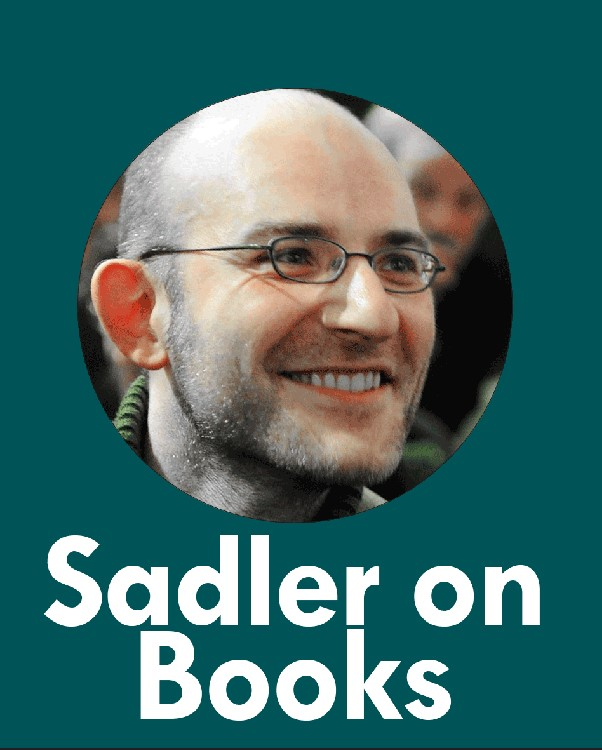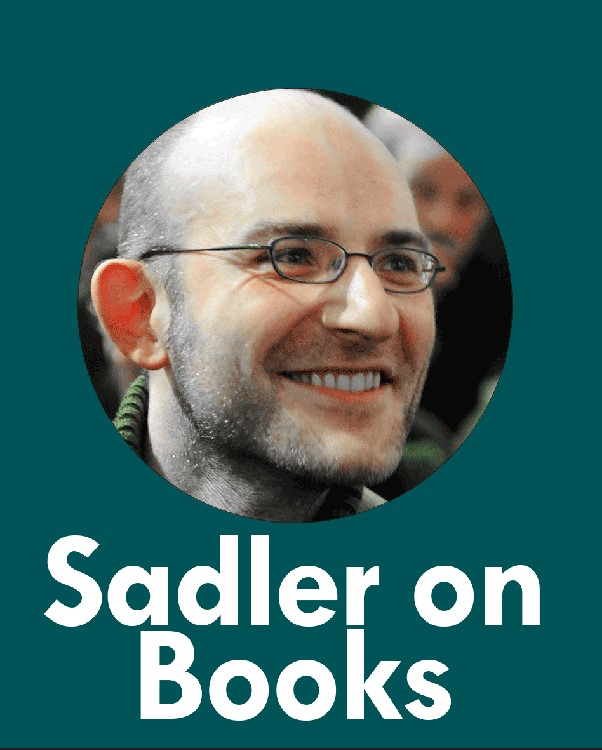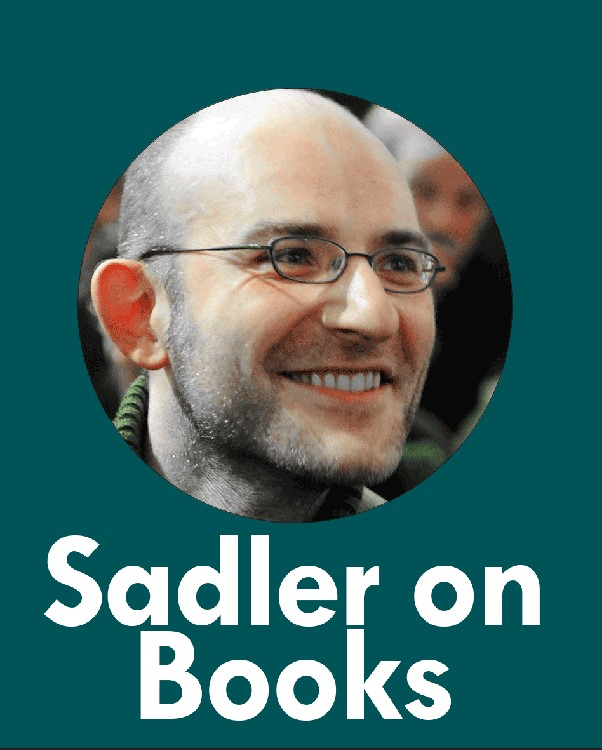
The Russian Sphinx
Three new titles show that the chess opening book is still relevant. However, the five-star reviews are for new volumes about chess greats Alekhine and Korchnoi. These book reviews by Matthew Sadler were published in New In Chess magazine 2025#5 After diving into 4000 pages of Paul Keres last month, 300-page opening books now feel like an absolute breeze! This month, I reviewed a record number of titles.We start with Richard Palliser’s The Tricky Tromp from the rebranded Popular Chess label (formerly Everyman). One thing to note right away is that this book only covers the Trompowsky after 1.d4 ♘f6 2.♗g5, so it’s not a complete opening repertoire for White. But it will help you sidestep those pesky Nimzo-Indians and Grünfelds! In fact, Palliser pulls off a double sidestep by focusing on less popular Trompowsky lines. For example, after the main line 1.d4 ♘f6 2.♗g5 ♘e4rather than focus on the current main line 3.♗f4, Palliser picks up Julian Hodgson’s old favourite 3.h4 as well as re-examining175
